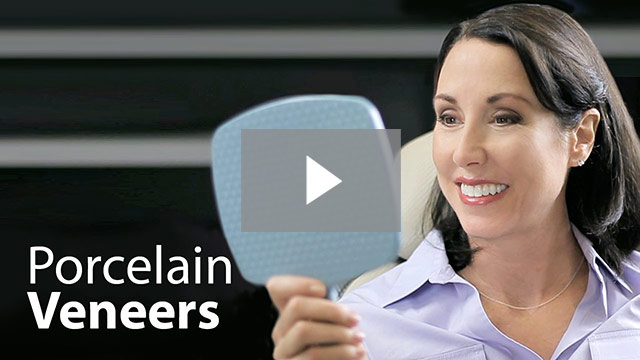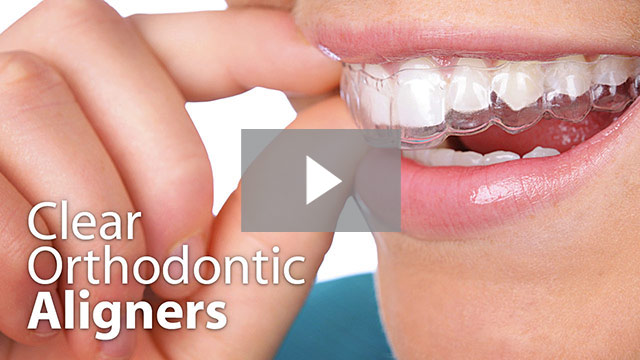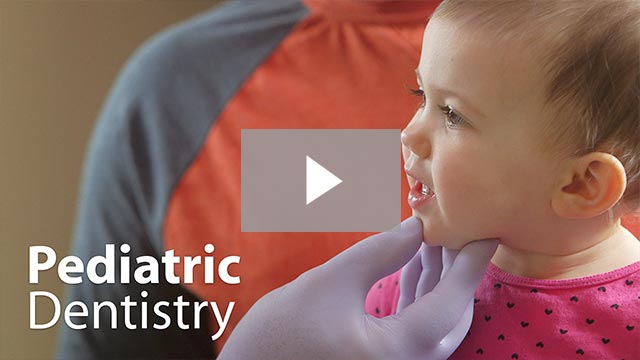
Orthodontics
By definition, orthodontics is the branch of dentistry that treats and corrects malocclusion or a bad bite. A malocclusion is the misalignment or incorrect relationship of the jaws and teeth.
Commom Orthodontic Problems:
Malocclusion can lead to a lot of problems. Teeth that are not aligned, are crooked or overcrowded for example are harder to clean, making it more vulnerable to tooth decay and periodontal disease. A bad bite can also cause difficulty in chewing and TMJ disorders.
Orthodontics does not only correct your bite. Orthodontics can also be considered cosmetic. The alignment of teeth also results into a better smile and appearance for patients.
Orthodontic treatment utilizes fixed and removable appliances that exert gentle pressure on the teeth and jaws to move them into its correct position or to keep them in place. The type or kind of braces that is right for you depends on what you prefer and what your dentist recommends for your problem.
Types of Braces:
- Traditional Braces
Traditional braces are the typical metal braces that most people associate orthodontic braces with. Metal braces are made from high-grade stainless steel that do not rust. They are very strong and durable.The metal brackets are attached to each tooth and linked to each other with a thin wire. Tiny elastic bands called ligatures attaches the wire to the brackets. The wire exerts gentle pressure on the teeth and moves them slowly into their correct position or alignment.This type of braces requires periodic adjustment, tightening and replacement of wires and ligatures. - Ceramic Braces
The brackets of ceramic braces have the same size and shape as traditional braces. They also function in the same way as metallic braces in aligning teeth. However, unlike traditional braces, ceramic braces are not made of metal. They are made of either tooth-colored or clear and transparent ceramic materials.Ceramic braces are less obvious and visible compared to metallic braces. This makes ceramic braces a popular choice for people who don’t want their braces to be obvious.Like traditional braces, ceramic braces require periodic visits to the dentist for adjustments and replacements of wires and ligatures. - Damon Braces
Damon Braces are what you call self-ligating braces. Unlike traditional and ceramic braces, Damon Braces do not use elastics or ligatures to hold the wire to the brackets. Instead, Damon Braces utilizes a slide mechanism and a memory wire to move the teeth naturally as they align.Damon Braces are also less painful than traditional braces. With the slide mechanism, forces exerted are gentler, causes less friction and less pressure on the teeth.Damon Braces system requires fewer visits to the dentist and eliminates a lot of the hassles associated with traditional and ceramic braces. Since elastics or ligatures are not used to hold the wire to the bracket, Damon braces are less bulky, easier to wear, does not impede speech, less visible and easier for the patient to clean.Ask our dentists today if Damon Braces (metallic or clear braces) is right for you. - Clear Aligners
Clear aligners work the same way as traditional braces do. They are both orthodontic appliances used to move and align teeth. However, unlike traditional braces, clear aligners are not made of metal or ceramic. They are made of a special, clear and flexible plastic that are completely removable.Clear aligners are mouth trays that are customized to align your teeth slowly over a period of time. Special software is used to design a plan to move your teeth from their current position to their desired position or alignment. They are designed in a series and must be worn one set after another until the desired results are achievedWhile clear aligners can correct a lot of malocclusions, there will still be cases that are better corrected with traditional braces. To know if you are a candidate for clear aligners, please visit us for a consultation.

Follow us on Social Media
Copyright 2018, Affinity Dental Clinics. All Rights Reserved.







